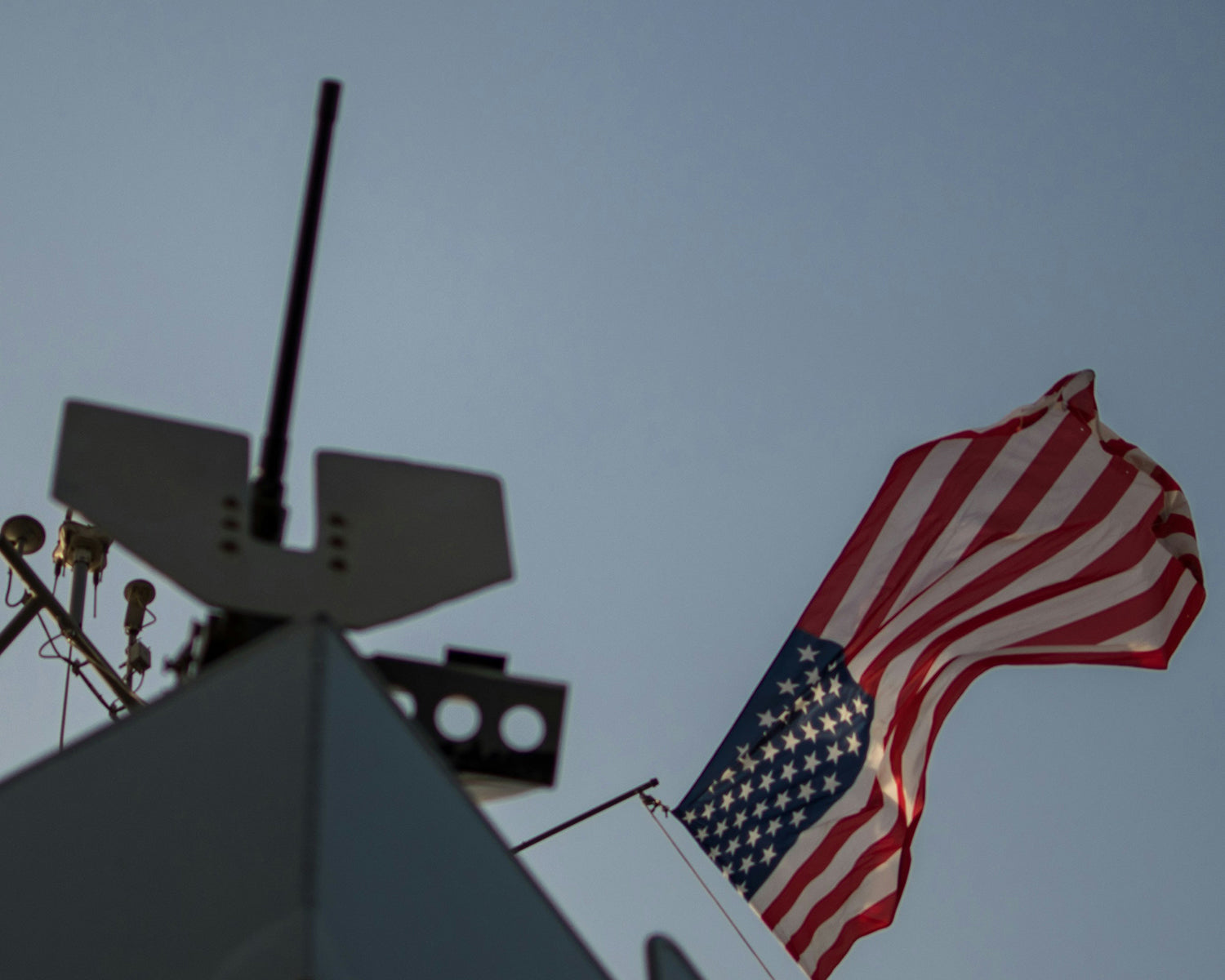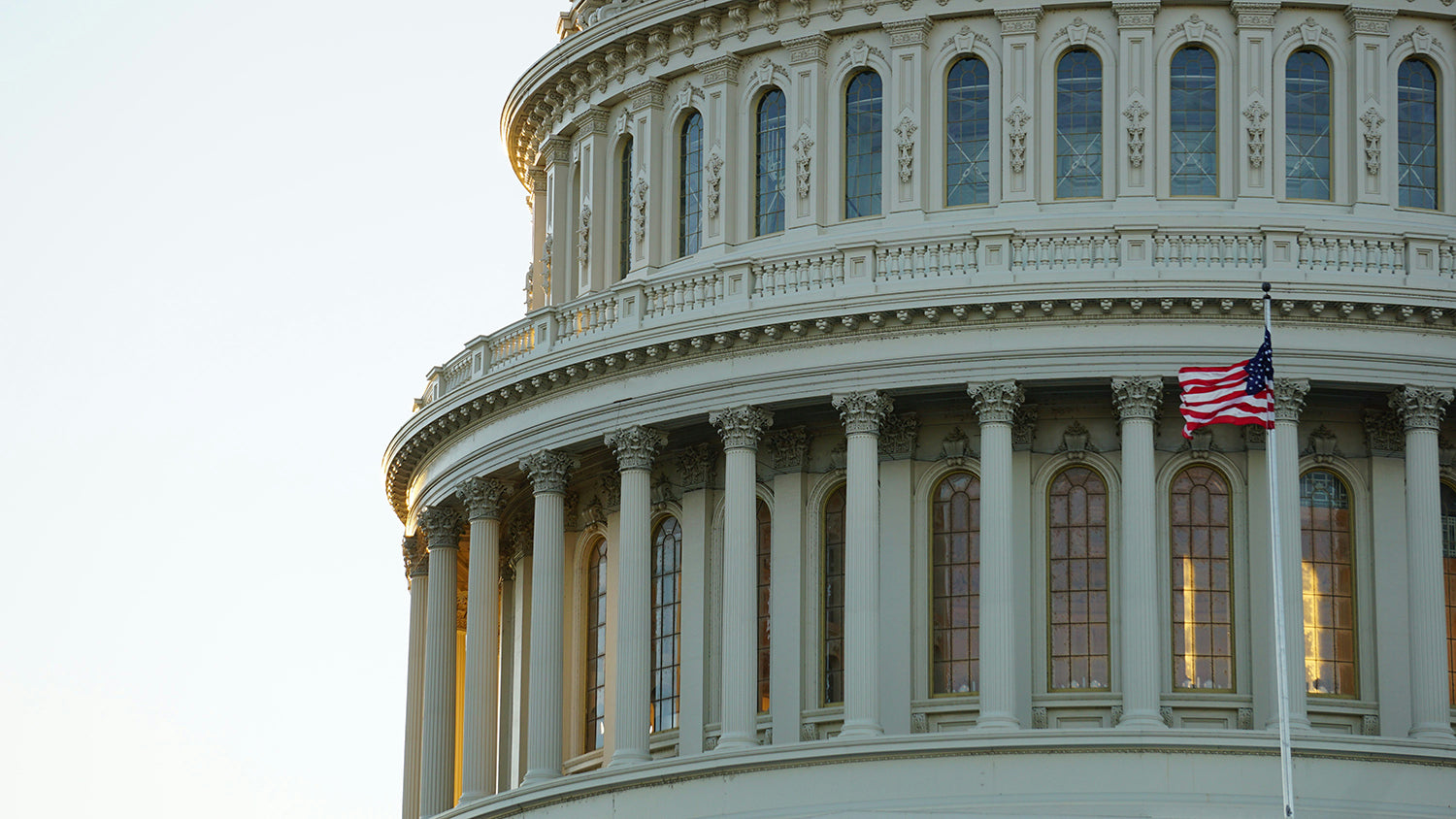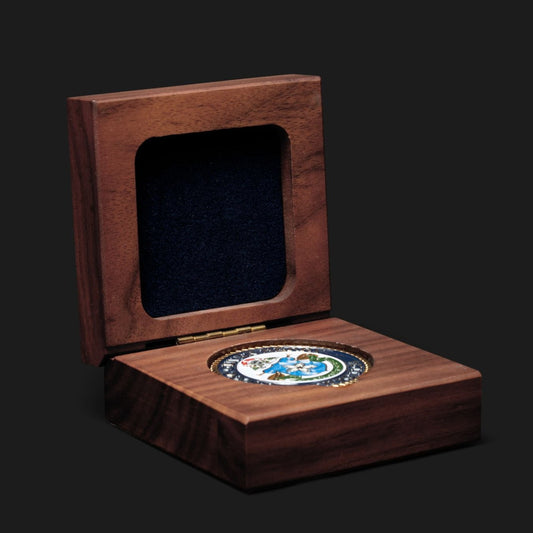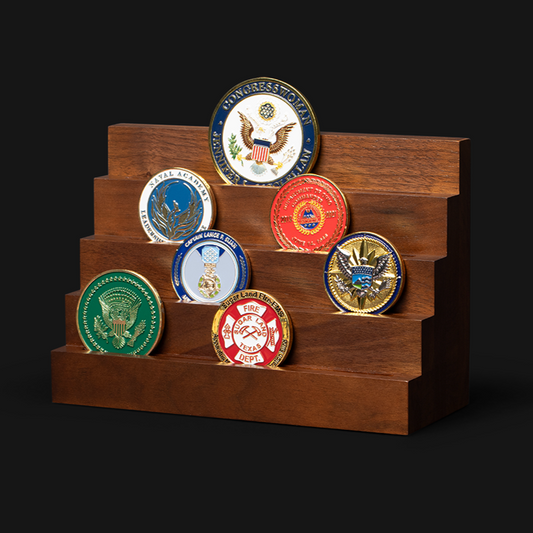
Flag Day: History, Meaning, and Modern Traditions
Renita WingfieldFlag Day stands as a powerful commemoration of the American spirit and the ideals symbolized by the nation’s flag. Observers rally around this day to honor the history, unity, and sacrifices behind each stitch of the Stars and Stripes. Many communities highlight this date with parades, educational events, and acts of service that foster national pride. Families and organizations choose unique methods of participation, encouraging greater awareness of an emblem that represents shared values and aspirations.
What Is Flag Day?

This special date highlights the emblem that represents independence and unity for the United States. Communities often recognize it through purposeful ceremonies that remind participants of the ideals symbolized by the stripes and stars. Respect for the American Flag and awareness of its significance is a focal point, reinforcing the value of national solidarity.
Some families host gatherings emphasizing shared traditions, while schools incorporate lessons encouraging younger generations to appreciate historical context. Such activities promote a sense of belonging, as the flag’s design tells a story of identity and resilience. Observers who seek guidance on how to celebrate Flag Day often weave charitable events, educational sessions, and volunteer work into their plans. This approach serves as a cost-effective and scalable method of amplifying the celebration’s impact and unlocking untapped potential for community engagement.
When Is Flag Day Celebrated?
This observance takes place on June 14, linking directly to the year 1777, when the Second Continental Congress adopted the Stars and Stripes. Many state governments and federal institutions encourage citizens to reflect on the sacrifices that led to the creation of the nation’s signature emblem. June 14 is not a federal holiday, yet it motivates significant participation through parades and educational programs. Individuals across all regions find ways to demonstrate admiration for the flag, reinforcing the day’s essential message of shared heritage.
Celebrations may happen in town squares, community centers, or even private residences. Individuals often weigh their personal schedules against the best opportunities for civic involvement, aiming for a balanced approach that delivers a strong return on time and resources. Some communities promote special events that honor veterans, bridging generational gaps and fostering alignment among stakeholders who value patriotic traditions. Any setting can be transformed into a meaningful gathering spot when participants embrace the values signified by Flag Day.
The History and Significance of Flag Day
Flag Day history points to 1777 as a major milestone, when the early Congress chose the Stars and Stripes as the nation’s official symbol. Historians believe this decision served as a unifying factor, rallying support around a single banner during the Revolutionary War. Over time, the flag underwent modifications as new states joined the Union, yet the fundamental meaning remained intact. Each stripe and star conveys courage, vigilance, and unity, which resonate across different periods of American history.
Formal recognition of Flag Day arrived in 1916 under President Woodrow Wilson, but Congress solidified it as a national observance in 1949. This act confirmed the importance of honoring the flag’s role in the nation’s growth and achievements. Many citizens see it as a clear reminder that freedom and patriotism are central to the American experience. Tradition, respect, and a forward-looking mindset guide the ongoing celebrations connected to this date.
Why Do We Celebrate Flag Day?
Patriotic dedication, historical reflection, and communal pride often top the list of reasons why we celebrate Flag Day. This occasion encourages individuals to highlight the shared ideals that bring diverse groups under one emblem. Military units, government agencies, and countless families treat the day as an opportunity to demonstrate gratitude for the sacrifices made by past generations. Some see it as a chance to invest time and resources into events that strengthen civic participation, resulting in sustainable ways to protect national heritage.
Communities display flags, organize gatherings, and share stories that underscore the nation’s resilience. These efforts foster pride and a sense of ownership, which can yield long-lasting benefits for local groups, businesses, and philanthropic initiatives. Many leaders adopt these traditions as a method to highlight unity, while focusing on efficient planning for parades or ceremonies, ensuring a rapid time to value for participants. Strong community bonds built on respect for the flag can remain intact for generations, underscoring the profound impact of this day.
How to Celebrate Flag Day
Some wonder how to celebrate Flag Day in ways that balance personal schedules, cost considerations, and community impact. Organizers often prefer approaches that maximize returns for civic groups while encouraging stakeholders to participate wholeheartedly. It helps to consider a variety of activities, including gatherings, volunteer events, and respectful flag displays. Each approach can be tailored to different local contexts, offering broad opportunities to honor the Stars and Stripes.
Participate in Local Parades and Events

Communities often hold parades that feature marching bands, veteran associations, and civic groups. These gatherings allow families and individuals to celebrate Flag Day history in a festive atmosphere, enhancing awareness of the holiday’s background. Coordination can be carried out quickly, making it a cost-effective path toward building community spirit and highlighting patriotic values. Participants often leave these events with greater respect for tradition and a willingness to support future celebrations.
Display the American Flag Respectfully
Raising the flag properly is an important step in how to celebrate flag day at home or in public areas. Many households fly flags from dawn to dusk, ensuring that light falls on the banner if it remains up after sunset. Respectful handling involves avoiding contact with the ground, making sure the flag is not torn or discolored, and positioning it at the top of any staff. Maintaining these standards can significantly enhance the sense of honor surrounding this national observance.
Educate Others About the Flag’s History

Schools, community centers, and veteran halls can integrate lessons about the origins of the flag and why we celebrate Flag Day in the first place. Educators may create exhibits featuring historical documents, artwork, and firsthand accounts of significant events tied to the flag. This type of engagement can reveal overlooked aspects of national heritage while encouraging meaningful conversations across generations. Knowledge-sharing of this kind often fosters a deeper appreciation for American values, advancing a more thoughtful perspective on Flag Day itself.
Attend Flag Retirement Ceremonies
Flag retirement ceremonies are formal gatherings that honor worn or damaged flags in a dignified manner. Rituals often involve uniformed officials from branches like the Marine Corps or local veterans’ organizations. The ceremonial aspect ensures a respectful farewell, reflecting the principle that even a well-used flag deserves a final display of gratitude. Observers who attend these events often gain insight into the traditions that uphold national pride.
Engage in Community Service Activities

Community service aligns well with the sense of unity promoted on this day. Activities might include cleaning local parks, organizing food drives, or offering support to veterans’ homes. These contributions allow participants to make a tangible difference while reflecting on the meaning behind the flag, generating a lasting impact across social and economic dimensions. Many find that volunteering on Flag Day can boost morale, strengthen relationships, and create scalable outcomes for civic betterment.
Gifting Command Challenge Coins
A thoughtful coin that marks the occasion can carry profound significance, especially for those who hold the American Flag in high regard. These tokens honor the achievements of military units, first responders, or any group committed to upholding shared values. Presenting a custom-designed coin on Flag Day reinforces camaraderie and underscores the recipient’s important role in preserving national ideals. Precision-crafted options exist for every budget, allowing meaningful mementos that stand the test of time.
Observing Flag Etiquette: Dos and Don'ts
Many individuals choose to demonstrate their respect by following official guidelines for displaying and handling the American Flag. A few consistent protocols help preserve the flag’s dignity while uniting people under a common code of conduct. Certain rules apply to folding, lighting, and placing the flag in the proper position. The following dos and don’ts outline best practices that anyone can adopt:
-
Display it high: Place the flag at the top of a staff or on a wall where it can be seen prominently.
-
Keep it clean: Ensure the material is free from stains or tears, retiring it properly if wear becomes apparent.
-
Fold it with care: Follow the traditional triangular folding method to symbolize the heritage it represents.
-
Avoid touching the ground: Protect the flag from contact with flooring or any surface that may tarnish its integrity.
-
Show consistent respect: Refrain from using the flag for clothing, costumes, or any advertising purpose.
Adhering to these guidelines supports a unified standard that brings dignity to every ceremony. Observers who pay close attention to flag protocol find that these habits create a respectful atmosphere for any gathering. Individuals can promote better awareness among peers, encouraging others to remain mindful of traditions that keep American heritage alive. Attention to etiquette stands as a critical way to honor the meaning behind the Stars and Stripes, creating a measurable impact in daily interactions.
Exploring the Evolution of the American Flag

The flag’s design has undergone multiple adjustments as the nation expanded its borders. Thirteen stripes remain a tribute to the original colonies, while the stars keep pace with new states. Each evolution represents broader inclusion, reflecting the country’s dynamic growth and pursuit of unity. Scholars often point out that the flag’s design changes have mirrored major social, economic, and political shifts.
Historic relics show earlier versions with fewer stars, revealing how the national banner kept pace with territorial developments. Some flags included distinctive arrangements or unique color shades, although the official design eventually settled on uniform guidelines. Preservation societies encourage the public to learn more about these phases, emphasizing the importance of remembering each chapter in the nation’s progress. Observing how the flag has changed can deepen appreciation for the shared values it represents.
Flag Day unites citizens in a thoughtful display of respect for an emblem that embodies the nation’s past, present, and future. The date reminds individuals to share stories, perform service, and reflect on the sacrifices that shaped the American dream. Each commemorative act strengthens awareness of heritage, motivating broader participation among communities and families. A single day can spark a year-round commitment to ideals of unity, mutual support, and consistent patriotism.
Those who explore how to celebrate Flag Day often find that small steps lead to meaningful outcomes. These actions foster a better understanding of national values and encourage open dialogues on civic responsibility. Activities range from displays at home to formal ceremonies, each reinforcing the significance of the Stars and Stripes. Momentum generated on June 14 can remain strong throughout the year, supporting a well-rooted appreciation of freedom and responsibility.
Elevate your recognition with expertly crafted challenge coins and custom awards. At Command Challenge Coins, we specialize in creating high-quality, custom solutions tailored to your unique needs. From honoring service to celebrating achievements, our products are designed to inspire pride and leave a lasting impression. Explore how Command Challenge Coins can help you showcase excellence and commemorate milestones with unmatched precision and care. Let’s create something extraordinary.














